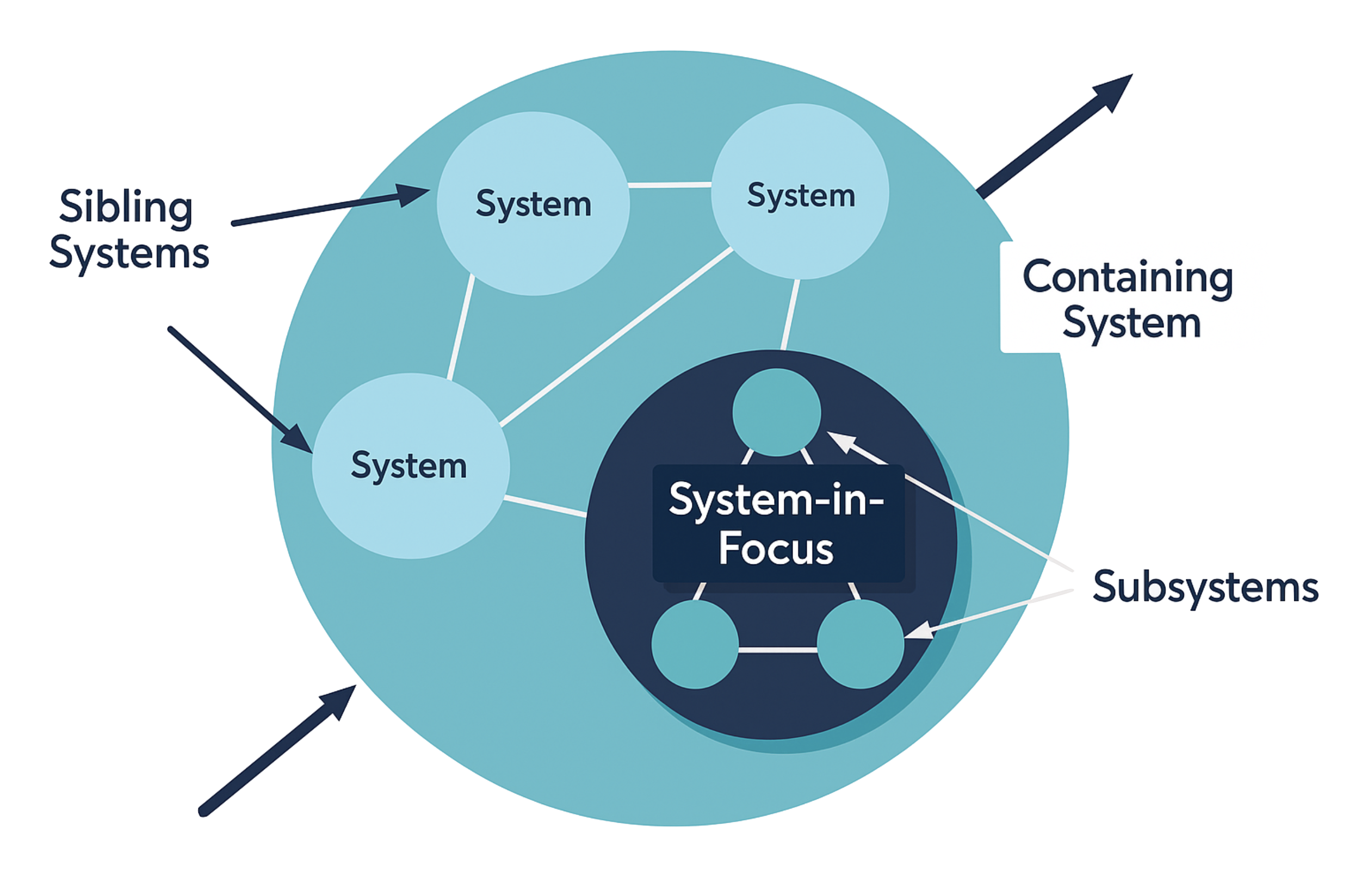



Despite major digital and AI investments, many organizations still operate in silos that slow down end-to-end decision-making. WCI breaks these silos by creating a unified, composable model of the entire value chain and optimizing it holistically.
As our customer - SCG Chemicals, one of ASEAN’s largest petrochemical companies, puts it:
“WCI creates a unified knowledge layer that enables semantic intelligence, allowing AI to understand relationships and context across the entire value chain for optimized decision-making and end-to-end supply chain efficiency.”


Although quantum advantages are provable for certain optimization problems, turning them into real business value remains challenging. Most current efforts focus on replacing classical MILP or QUBO solvers with quantum ones, but this approach faces inherent limitations: classical solvers are already extremely mature and most mathematical models only approximate reality. So any marginal improvement can easily disappear once deployed in real operations.
From our customer work, we have learned that quantum advantage is unlikely to emerge within a single business or operating unit. The real opportunity lies in coordinating multiple operating units, where classical software struggles. Traditional tools lack a mathematically rigorous way to model compositional, system-of-systems interactions, and joint end-to-end optimization rapidly becomes intractable.
Our approach therefore focuses on two layers:
1. A compositional modeling framework using simple intuitive diagrams, grounded in category theory, specifically Ologs and Polynomial Functors.
2. Mapping structural components of these models to problem classes where quantum algorithms provide known advantages.
We are not building a quantum solver. We are building the modeling layer that makes quantum advantage practical and continuously refined through real customer feedback. Publications detailing this framework will be released soon.

WCI does not replace your MILP, QUBO, or other classical solvers. Instead, it focuses on hierarchical and multi-level optimization, where a parent system specifies objectives or parameters for interacting subordinate systems, each with its own local optimizer and constraints. The internal details of subsystems may be partially observable or entirely opaque to the parent.
WCI addresses this by reducing the optimization load on subsystems such as minimizing solver calls, query counts, and computational effort required to achieve consistent system-wide behavior. In the future, WCI will be able to route certain subproblems to quantum resources when appropriate.
Unlike traditional solvers that require explicit mathematical models, WCI starts from compositional diagrams grounded in category theory. These diagrams encode system structure and business logic. WCI then automatically compiles them into mathematical optimization models suitable for classical or quantum execution.

WCI makes databases, human agents and AI agents interoperable without replacing your existing digital infrastructure. At a high level, it consists of two application layers: Qack and PolyFunctor.
Qack is a web service that generates and manages databases with schemas designed for semantic interoperability. Users specify data semantics by drawing simple circles and arrows, called Onthology Logs or “Ologs”. Qack then compiles these Olog diagrams into database schemas and automatically deploys a PostgreSQL instance with a corresponding Swagger UI, typically in a single action.
PolyFunctor is a web service for expressing business logic that governs how Olog data changes and interacts. This is where optimization occurs. PolyFunctor may delegate computations to external classical or quantum solvers via Restful API and then writes the resulting values back into the Olog structure.
Because all data ultimately resides in a standard PostgreSQL database, any UI or application layer can be built on top of QACK and PolyFunctor, using familiar tools and workflows.











